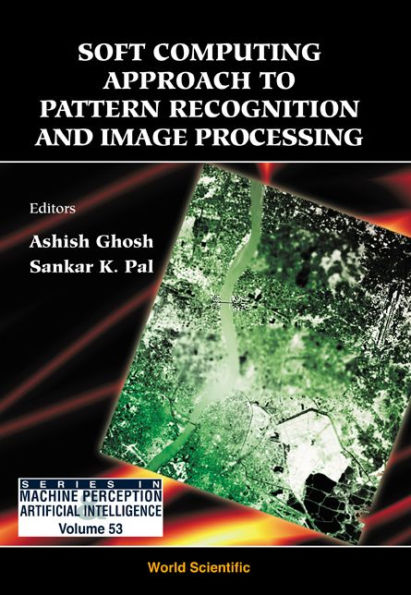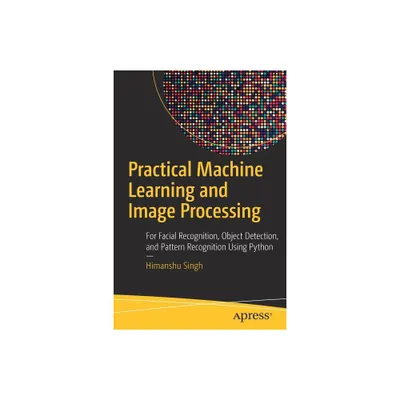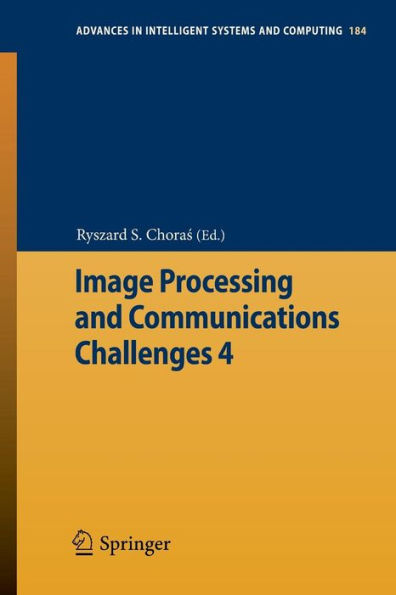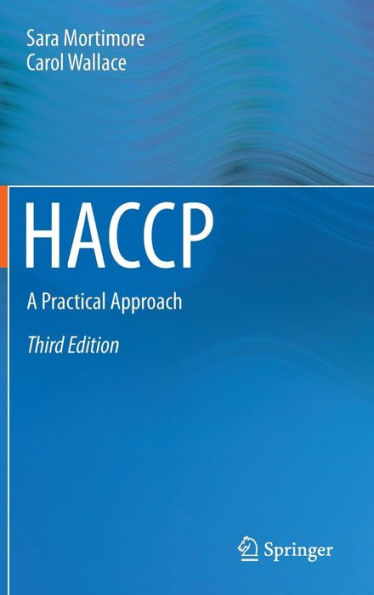Home
Hexagonal Image Processing: A Practical Approach
Loading Inventory...
Barnes and Noble
Hexagonal Image Processing: A Practical Approach
Current price: $109.99


Barnes and Noble
Hexagonal Image Processing: A Practical Approach
Current price: $109.99
Loading Inventory...
Size: OS
*Product Information may vary - to confirm product availability, pricing, and additional information please contact Barnes and Noble
The sampling lattice used to digitize continuous image data is a significant determinant of the quality of the resulting digital image, and therefore, of the efficacy of its processing. The nature of sampling lattices is intimately tied to the tessellations of the underlying continuous image plane. To allow uniform sampling of arbitrary size images, the lattice needs to correspond to a regular - spatially repeatable - tessellation. Although drawings and paintings from many ancient civilisations made ample use of regular triangular, square and hexagonal tessellations, and Euler later proved that these three are indeed the only three regular planar tessellations possible, sampling along only the square lattice has found use in forming digital images. The reasons for these are varied, including extensibility to higher dimensions, but the literature on the ramifications of this commitment to the square lattice for the dominant case of planar data is relatively limited. There seems to be neither a book nor a survey paper on the subject of alternatives. This book on hexagonal image processing is therefore quite appropriate. Lee Middleton and Jayanthi Sivaswamy well motivate the need for a concerted study of hexagonal lattice and image processing interms of their known uses in biological systems, as well as computational and other theoretical and practical advantages that accrue from this approach. They present the state of the art of hexagonal image processing and a comparative study of processing images sampled using hexagonal and square grids.


















